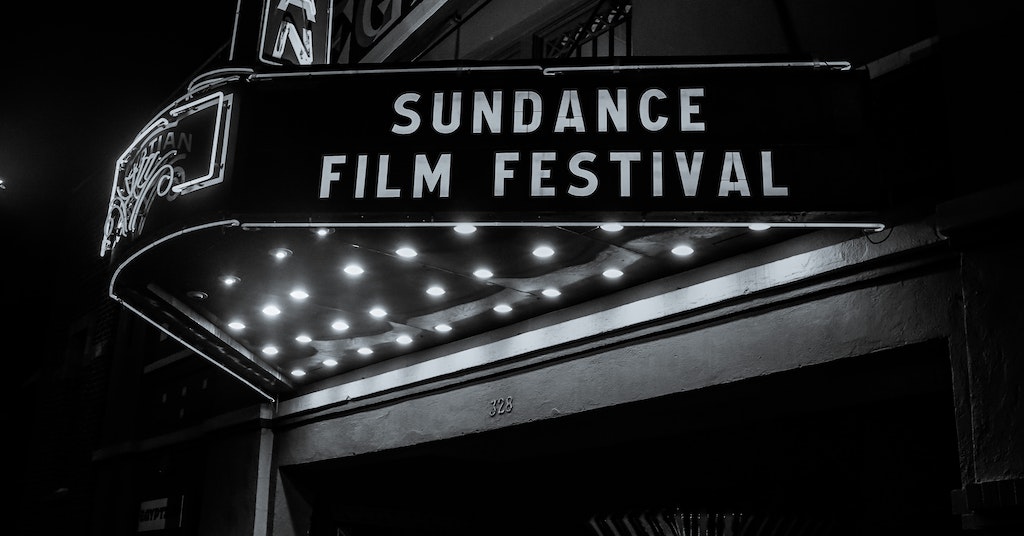
My take on the first deaf contestant on ‘The Bachelor’ – Week 1
January 8, 2021
NBC announces new series staring Nyle DiMarco
January 13, 2021Emerson Romero, pioneer of closed captioning

When film was getting its start it was accessible to deaf and HOH people to watch because everything was silent.
Then around 1927, sound became a huge part of the movies and shows. Deaf and HOH viewers were left out. That is – until Emerson Romero, a deaf silent film actor, changed the history of closed captioning.
Who Was Emerson Romero?
Emerson Romero was born August 19, 1900, in Havana, Cuba. Romero lost his hearing at age six because of a fever caused by whooping cough. At age seven, Romero moved to the U.S. and started school at Wright Oral School in New York. After his schooling, he worked at the Federal Reserve Bank.
In 1924, his brother Dorian had him work for his film company in Cuba. Romero went by the stage name Tommy Albert. Those in the industry told Emerson it would be easier for people to remember and pronounce. He was athletic and able to do his own stunts. He appeared in over 20 short films such as Great Guns, Sappy Days and The Cat’s Meow.
In 1934, Romero, Sam Block, and John Funk established the Theatre Guild of the Deaf, which lasted for 20 years. Patrons were both hearing and deaf. Romero directed 20+ deaf actors.
During WWII, he worked for Republic Aviation, making sheet-metal and templates for aircraft. In 1938, Romero was also editor of Digest of the Deaf (now defunct) for two years. In 1959, he created a vibrating alarm clock called the Vibralarm. He sold this and other products for people with hearing loss.
History of closed captioning
Emerson Romero loved movies. Being involved in movies and seeing them on screen was exciting. But once they weren’t accessible, he wanted to change that. In 1947, Romero created the first captions on film. He cut the film in a picture and add subtitled frame in the spaces. These frames were blocks of text on a black background. Because of this, the films would be choppy and twice as long. It also ruined the soundtrack for hearing people. Romero got no support from the film industry and gave up on this work.
“But once they weren’t accessible, he wanted to change that.”
His work did not go unnoticed, however. Other deaf people shared his film with important people in the industry. This included superintendents of deaf schools who worked with large organizations and the government to try to get more accessible videos and films made.
Romero also started a film library in 1947, The Deaf American wrote in his biography, where he used his own money to purchase four feature films, some documentaries and short subjects from Hollywood film distributors. He inserted subtitles and rented the films to schools, clubs, and churches for the deaf. Eventually this morphed into the government-sponsored Captioned Films for the Deaf program. From Romero’s crude early efforts, captioning has come a long way!
Romero died in 1972, but we continue to be benefited by his life and service.



